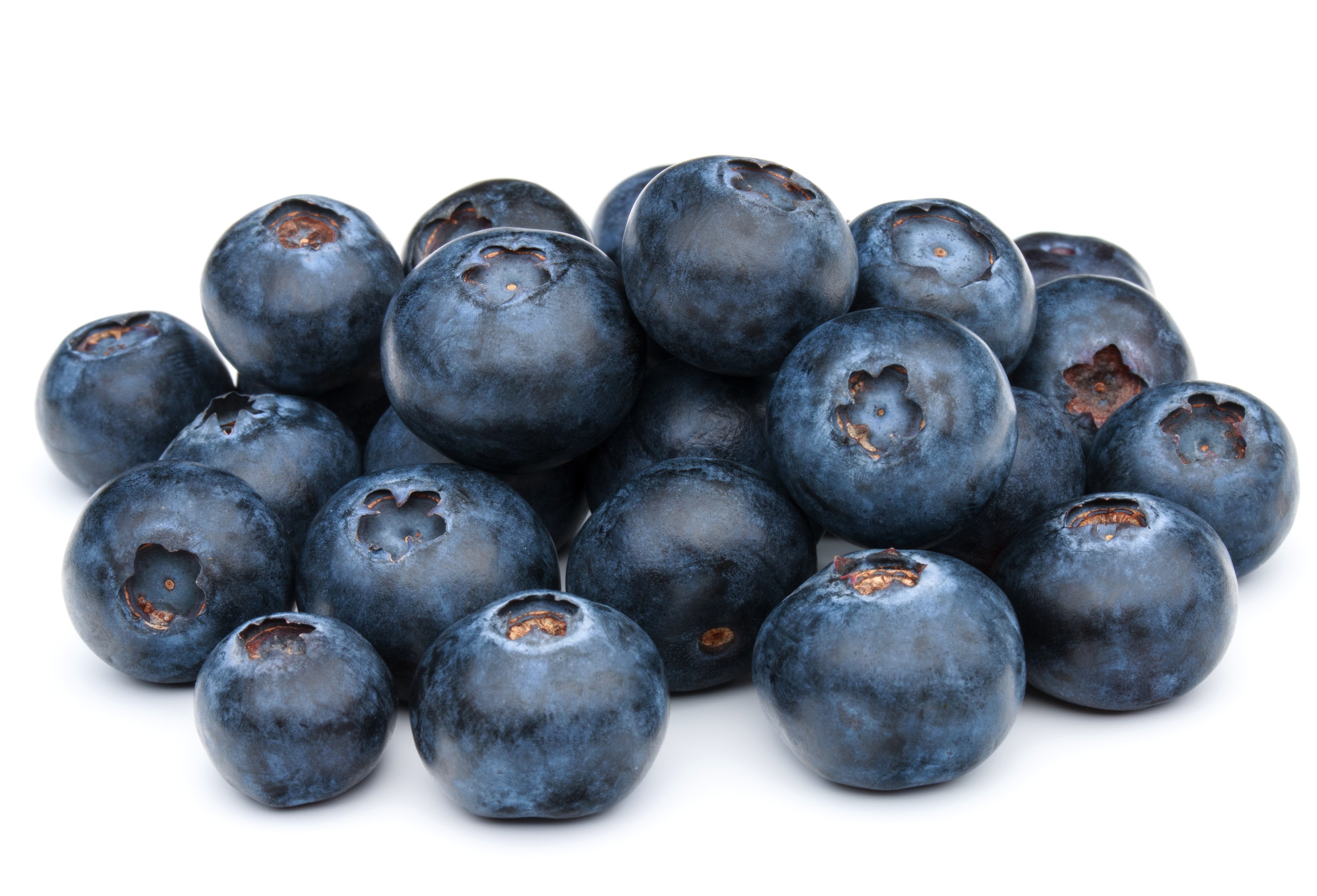Agronometrics in Charts: USDA begins reporting on imported organics for blueberries, avocados and mangos
In this installment of the ‘Agronometrics In Charts’ series, Colin Fain illustrates how the U.S. market is evolving. Each week the series looks at a different horticultural commodity, focusing on a specific origin or topic visualizing the market factors that are driving change.
On Jan. 19 something very interesting began happening. For the first time, volumes for imported organic blueberries, avocados and mangos began appearing in the USDA’s datasets.
Organic Volumes by Commodity (Kg)
(Source: USDA Market News via Agronometrics. Agronometrics users can view this chart with live updates here)
The category most affected by this new data is far and away blueberries, which has seen tremendous growth in the organic category over the last five years, but until now we were only able to observe this growth in local production.
This means that the blueberry market is considerably larger than what was previously believed. In week 9 (ending on the March 4), the last week for which we have complete data, organic imports – coming mostly from Chile and, to a lesser extent, Mexico – represented 26% of the market.
Consumers, therefore, have a much larger selection of fresh fruit to choose from when they go to the market than what was previously quantified. The new data could also have a relatively large impact on the relationship between volumes and prices as 26% of the market is nothing to quip at.
Blueberries | Volumes by Type (Kg)
(Source: USDA Market News via Agronometrics. Agronometrics users can view this chart with live updates here)
For the avocado and mango markets, this data is also important, but the impact is much smaller, with organic volumes during week 9 representing 3.5% and 5.2% respectively.
From one analyst to the other, these changes to the data are an important reminder to discriminating correct the information that is being used for analysis.
Comparing historical volumes of conventional fruit will give you a decent comparison of year-on-year growth. But if the entire market is taken into account, there will be a sudden 20-odd percentage jump after January. That has in reality been there for a while, but was just never reported.
In our ‘In Charts’ series, we work to tell some of the stories that are moving the industry. Feel free to take a look at the other articles by clicking here.
You can keep track of the markets daily through Agronometrics, a data visualization tool built to help the industry make sense of the huge amounts of data that professionals need to access to make informed decisions. If you found the information and the charts from this article useful, feel free to visit us at www.agronometrics.com where you can easily access these same graphs, or explore the other 20 fruits we currently track.
16/03/2021







